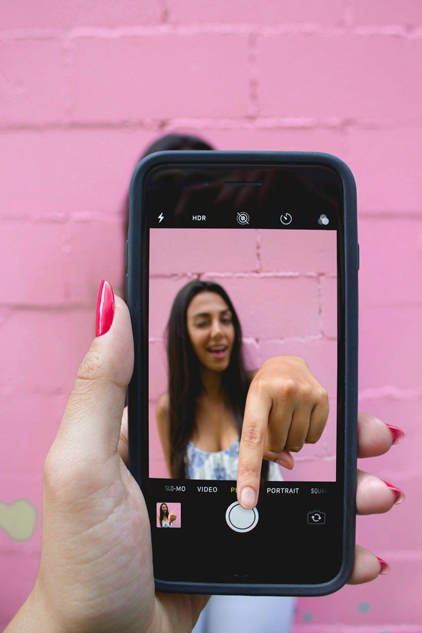Ever wondered why some buttons just beg to be clicked, while others are ignored like wallpaper? That’s not luck — that’s psychology.
Clicks are not just technical actions; they’re micro-decisions powered by human emotions, curiosity, and trust. And as designers, our job is to understand what makes people tick… and click.
1. Curiosity is the First Trigger
Humans are wired to seek answers. When we see something unfinished, mysterious, or intriguing, our brain nudges us: “Find out more.”
- Example: “You won’t believe what happened when…” → you want closure.
- In UI, a button labeled “See How It Works” feels more tempting than just “Learn More.”
Lesson: Frame your CTAs like an open loop — spark curiosity that only a click can close.
2. Emotion Beats Logic
People don’t click because they need to. They click because they feel like it.
- Fear of missing out (“Last 2 seats left!”)
- Desire (“Get your free gift now”)
- Belonging (“Join 10,000 designers already using this”)
Lesson: Anchor your design and copy to emotions. A cold, generic button rarely gets hot results.
3. Clarity Creates Confidence
Ever hovered over a sketchy button that didn’t explain what happens next? That’s click anxiety.
People only click when they know:
- What they’ll get.
- Where they’ll go.
- That it’s safe.
Lesson: Be brutally clear. Instead of “Submit,” say “Get My Free Guide.” Confidence kills hesitation.
4. Visual Hierarchy Matters
Our eyes follow patterns. A bright, well-placed button naturally pulls attention. But if everything screams, nothing speaks.
- Contrast makes your CTA stand out.
- White space gives it breathing room.
- Placement at decision points ensures timing.
Lesson: Make your button the star, not part of the crowd.
5. Tiny Nudges, Big Impact
Sometimes, clicks happen because of small details:
- Adding a tiny arrow → “Start Free Trial →” feels like forward motion.
- A countdown timer → urgency.
- Micro-animations → make buttons feel alive.
Lesson: Use micro-interactions to make the click feel rewarding even before it happens.
Final Word
Clicks don’t happen by chance. They’re the result of psychology translated into pixels. When curiosity, clarity, and emotion align with smart design, people can’t resist pressing that button.
As a UI/UX designer, I don’t just design buttons — I design decisions.
And every decision starts with one simple action: a click.

